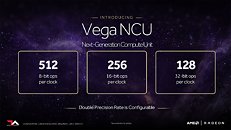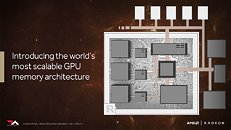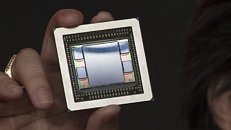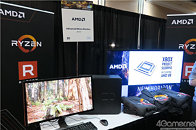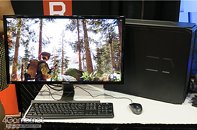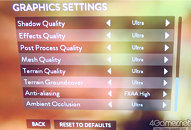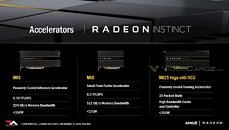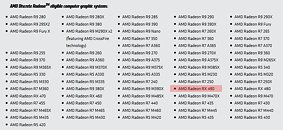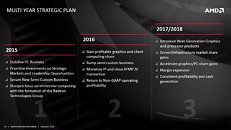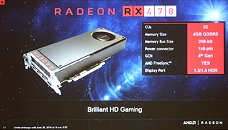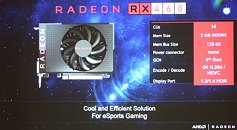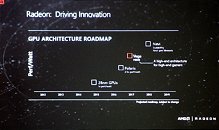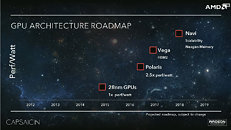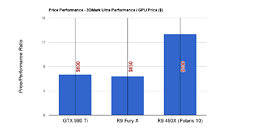
AMD's Stock Soars on FY 2016 Results
AMD recently shared their FY 2016 results - which beat expectations and showed a company poised for either a big return to form (or a monumental backflip) solely on the success or failure of its two upcoming products for the CPU and graphics space, Ryzen and Vega.
Share value is based on both tangible and intangible characteristics of the company it's based upon, and in this case, AMD seems to have garnered even more attention after its solid FY 2016 execution, building confidence and expectation on its upcoming product launches. As we speak, AMD's shares have increased by 16.3% up to $12.06 a share, increasing its market cap up to $10.93B.
Share value is based on both tangible and intangible characteristics of the company it's based upon, and in this case, AMD seems to have garnered even more attention after its solid FY 2016 execution, building confidence and expectation on its upcoming product launches. As we speak, AMD's shares have increased by 16.3% up to $12.06 a share, increasing its market cap up to $10.93B.





